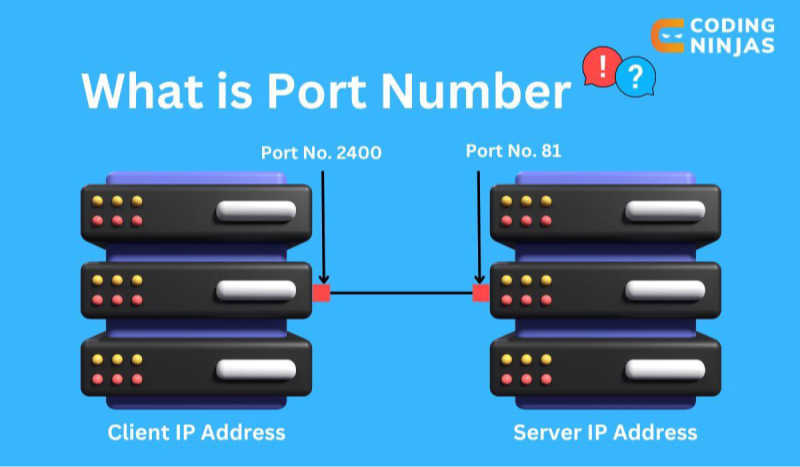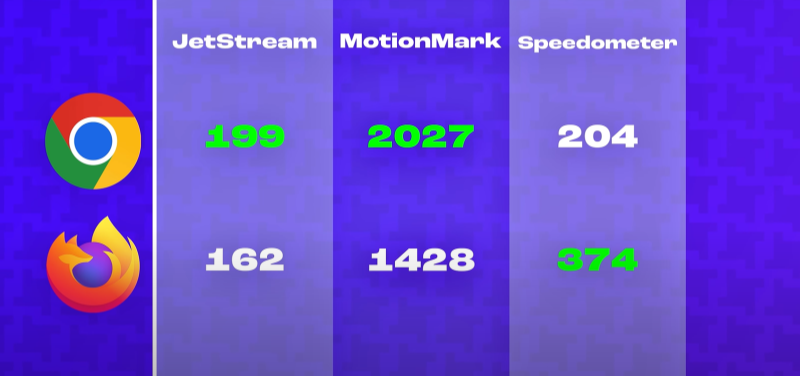What Are Amazon Prime Day Scams?

Amazon Prime Day scams are deceptive tactics criminals use to trick shoppers during the high-traffic shopping event. They prey on the urgency of time-limited deals, creating fake offers, fraudulent websites, and misleading communications. Their goal? Steal your money, personal data, or both.
The Most Common Amazon Prime Day Scams
Fake product listings and counterfeit goods - Scammers create fake product pages with irresistible discounts. Often, the items either don’t exist or are cheap counterfeits. Once you pay, the seller disappears, leaving you empty-handed.
Phishing emails and fake Amazon texts - Fraudulent emails or texts mimic Amazon, urging you to “confirm your account” or “verify a purchase.” Clicking the link often takes you to a fake login page designed to steal your credentials.
Lookalike websites and fake login pages - Cybercriminals set up websites that look almost identical to Amazon’s. A quick glance may fool shoppers, but the intent is simple: capture your login and payment information.
Gift card or payment redirection scams - Some scams involve asking you to pay using Amazon gift cards or through third-party payment methods. Once the code or payment is sent, the scammer vanishes.
Misleading social media ads or influencer promotions - Fake accounts on platforms like Instagram or Facebook run “Prime Day deal” ads. Some even use influencers’ names or logos to gain credibility, directing victims to fraudulent sites.
Scammers sometimes track your digital footprint to push targeted fake ads. A reliable free proxy VPN in UFO VPN hides your IP address, making it harder for malicious actors to trace your online activity.
Warning Signs You Might Be Facing a Prime Day Scam
- Deals that seem too good to be true.
- Misspelt URLs or strange website links.
- Sellers with no track record or poor ratings.
- Requests for payment outside of Amazon’s platform.
- Pressure tactics like “only 2 left, buy now or lose it.”
Prime Day Scams vs Other Online Shopping Scams
While online shopping scams exist year-round, Prime Day scams thrive on urgency. The limited-time nature of deals makes shoppers rush, lowering their guard. Unlike regular scams, Prime Day fraud often uses fake countdowns, exclusive “members-only” deals, and mass phishing emails targeting Prime subscribers.
| Aspect | Prime Day Scams | Other Online Shopping Scams |
| Timing | Occur mainly during Amazon Prime Day | Happen year-round on various platforms |
| Tactics | Fake countdowns, “exclusive” Prime deals, urgency-driven offers | Fake discounts, fake stores, misleading ads |
| Target Audience | Amazon Prime members and bargain hunters | General online shoppers on any site |
| Phishing Methods | Mass emails/texts pretending to be from Amazon | Emails or ads posing as different retailers |
| Psychological Hook | Time pressure and fear of missing out (FOMO) | Low prices, “too good to be true” deals |
| Platforms Used | Amazon lookalike sites, fake Amazon apps, social media ads | Fake e-commerce sites, social media marketplaces, shady apps |
| Payment Redirection | Often push gift cards or off-Amazon payments | May use bank transfers, PayPal fraud, or fake checkout pages |
How to Stay Safe from Amazon Prime Day Scams
Shop only through the official Amazon website/app
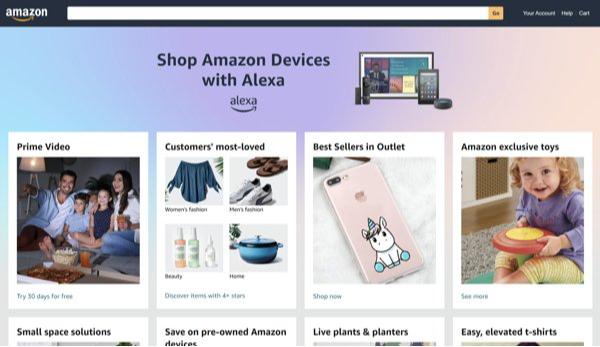
The safest way to shop on Prime Day is to go directly to Amazon. Always type “amazon.com” into your browser or use the official Amazon app downloaded from your device’s app store. Avoid clicking on links from random emails, social media ads, or text messages, as these are common tactics used by scammers to redirect you to fake websites that look almost identical to the real thing. Shopping only on official channels ensures you’re not tricked into entering your personal or payment information on a fraudulent site.
Verify sellers and product reviews carefully
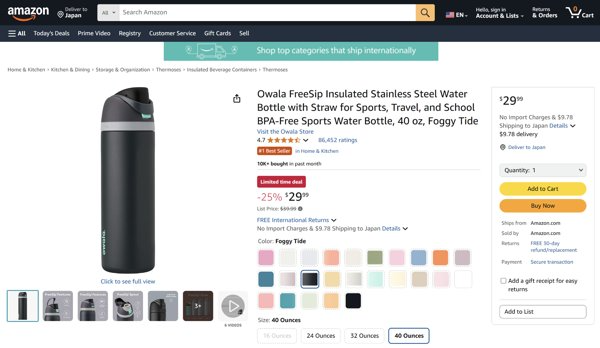
Not every product on Amazon comes from Amazon itself, many items are sold by third-party sellers. Before buying, check the seller’s profile, history, and ratings. Established sellers usually have a consistent track record and transparent feedback. Be cautious of suspiciously low prices or reviews that sound robotic, overly generic, or repetitive, as these can be signs of fake feedback designed to make a scam listing look trustworthy. A quick scan of both positive and negative reviews often gives you a clearer picture of whether the seller and product are legitimate.
Use secure payment methods
When paying for your order, stick to credit or debit cards processed through Amazon’s secure checkout system. Credit cards, in particular, provide extra fraud protection and make it easier to dispute unauthorized charges. Never agree to pay with gift cards, wire transfers, or direct bank transfers—these are often the preferred payment methods for scammers because they’re difficult to trace or recover once the money is gone. Keeping all payments within Amazon’s system adds an extra layer of security.
Turn on two-factor authentication
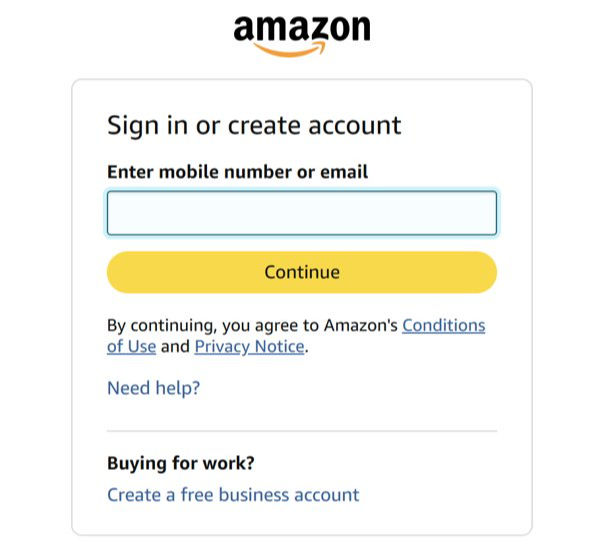
Even if your password gets compromised, two-factor authentication (2FA) can protect your account from being hijacked. By enabling 2FA in your Amazon security settings, you’ll be asked to enter a verification code sent to your phone or email in addition to your password. This makes it much harder for cybercriminals to log in, even if they’ve stolen your credentials through phishing or a data breach. Activating this feature takes only a few minutes but adds a powerful shield against unauthorized access.
Be cautious with emails, links, and ads
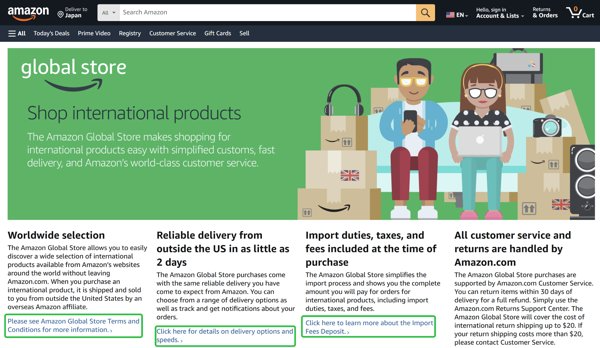
Phishing is one of the most common Prime Day scams. You may receive emails or texts that look like they’re from Amazon, warning you about “account issues” or offering “exclusive deals.” Before clicking any link, check the sender’s email address carefully; scammers often use addresses that look similar but aren’t legitimate (e.g., support@amaz0n-deals.com). If something feels off, don’t engage. Instead, log in to Amazon directly through the app or by typing the URL in your browser. Remember: Amazon will never ask you to share personal details, passwords, or payment info through email.
Conclusion
Amazon Prime Day is a fantastic opportunity to grab great deals, but it’s also a playground for scammers. By staying alert, verifying sellers, and sticking to Amazon’s official platforms, you can shop confidently without falling into their traps. Remember—if a deal looks too good to be true, it probably is.
FAQs
1. Can scammers really fake Amazon emails perfectly?
Yes. Many phishing emails look identical to real Amazon messages. Always check the sender’s email address carefully.
2. Is it safe to click Prime Day ads on Facebook or Instagram?
Not always. Scammers often use fake ads. It’s safest to go directly to Amazon instead of clicking ads.
3. What should I do if I fall for a Prime Day scam?
Immediately contact Amazon support, report the scam, and notify your bank or credit card company.
4. Are all third-party Amazon sellers risky?
No, many third-party sellers are legitimate. The key is to check their history, reviews, and ratings before purchasing.
5. How can I avoid fake product reviews?
Look for detailed, balanced reviews. If every review is 5 stars and sounds robotic, it may be fake.





